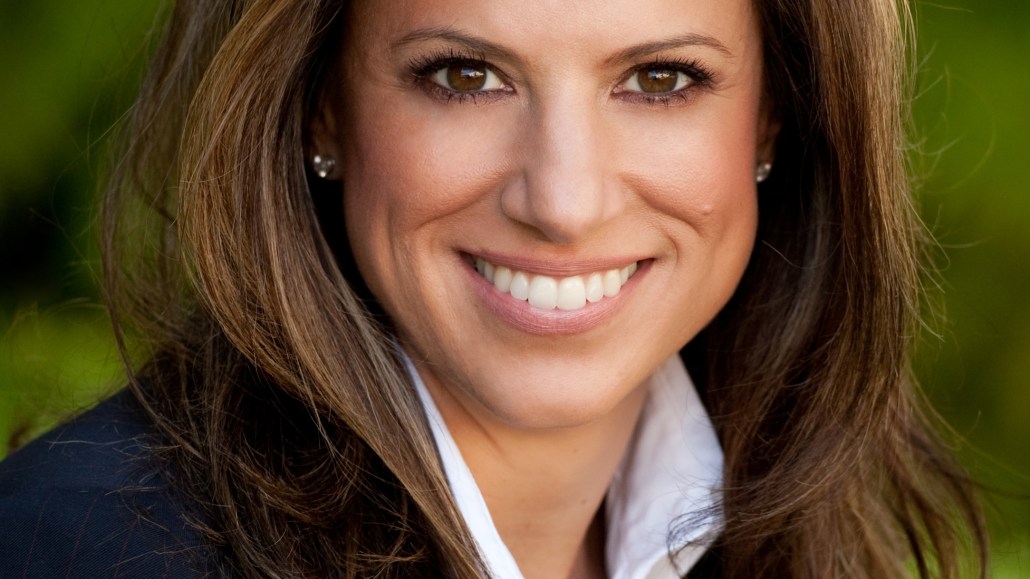
Nada Stirratt is the newly minted chief revenue officer at Acxiom. The AOL veteran previously held top ad sales posts at MySpace and MTV Networks. Joining Acxiom later this month means returning to her roots at Advertising.com, an original data-focused ad network. Stirratt spoke to Digiday about how data is changing the ad landscape and why online data often isn’t enough of a signal for advertisers.
You had high-profile roles at sexy media brands like MTV and MySpace—is data now hot?
I spent a chunk of my career at Ad.com, so I have that data geek in me. From a timing standpoint, the convergence of media, marketing and data is so strong you won’t [be able to] distinguish between the three. There will be a handful of companies that know what to do with all that data. Acxiom was a pioneer in this space.
What’s the overriding challenge when it comes to the use of data in digital media?
It’s a platform problem today. It’s not that there’s too much data, but there’s a lack of filtering to come up with the insights to find what’s valuable. Companies have siloed structures. They have different divisions connecting different data in databases. At best they get incomplete views of a customer—at worst, a wrong view of the customer. The challenge is, how do you have a single truth of all these data sources so you really understand your customers?
Will this shift to a data era help or hurt publishers?
This is incredibly important for the publisher community. They used to think of using data for low-value inventory to add greater value. Instead they’re thinking of it [not only] for their own customer acquisition but also to package and use their data as a revenue stream—and for content development. It’s been so narrowly defined for so long. It can get broader and more exciting for them. It will get interesting when they can apply the online data and apply the offline data.
Lots of online players have enormous troves of data. Is that enough?
Collecting data isn’t enough. You can’t measure the success of your data efforts on sheer volume. You have to think of multiple dimensions. Facebook is fantastic about collecting data [in terms of] how you influence friends. Google is great at intent data. You have guys collecting tons of data, but it’s not enough to get inside the consumer data. You need that offline data. You have to think of all those areas of a customer’s life and provide insight and analytics to it. Your customers need insights and actionable tactics or else it’s not helpful at all.
We spend so much time with digital media. Why is offline data still so important?
When you rely on one type of signal, it’s wrong. It gives you one view of the customer. Offline data needs to be connected in a responsible way to drive value. You want to use all the customer data points you can to make the economics of your business work better. You need a combination of online and offline to do that. Offline data is like a verification tool around the noise of the online data that’s being collected. There’s just so much information collected online right now. What you need is something to verify that that information is clean and structured in a way that makes sense for your business. Online alone isn’t going to cut it.
More in Media

Condé Nast and Hearst strike Amazon AI licensing deals for Rufus
Condé Nast and Hearst have joined the New York Times in signing a licensing deal with Amazon for its AI-powered shopping assistant Rufus.

Media Briefing: AI payouts may be entering a new era
AI compensation is evolving — and new models, not just publisher demands, are driving the shift beyond flat-fee licensing.

In Graphic Detail: AI platforms are driving more traffic — but not enough to offset ‘zero-click’ search
Here are five graphs that reveal the major trends emerging in the world of AI and ‘zero-click’ search, and what it means for publishers.





